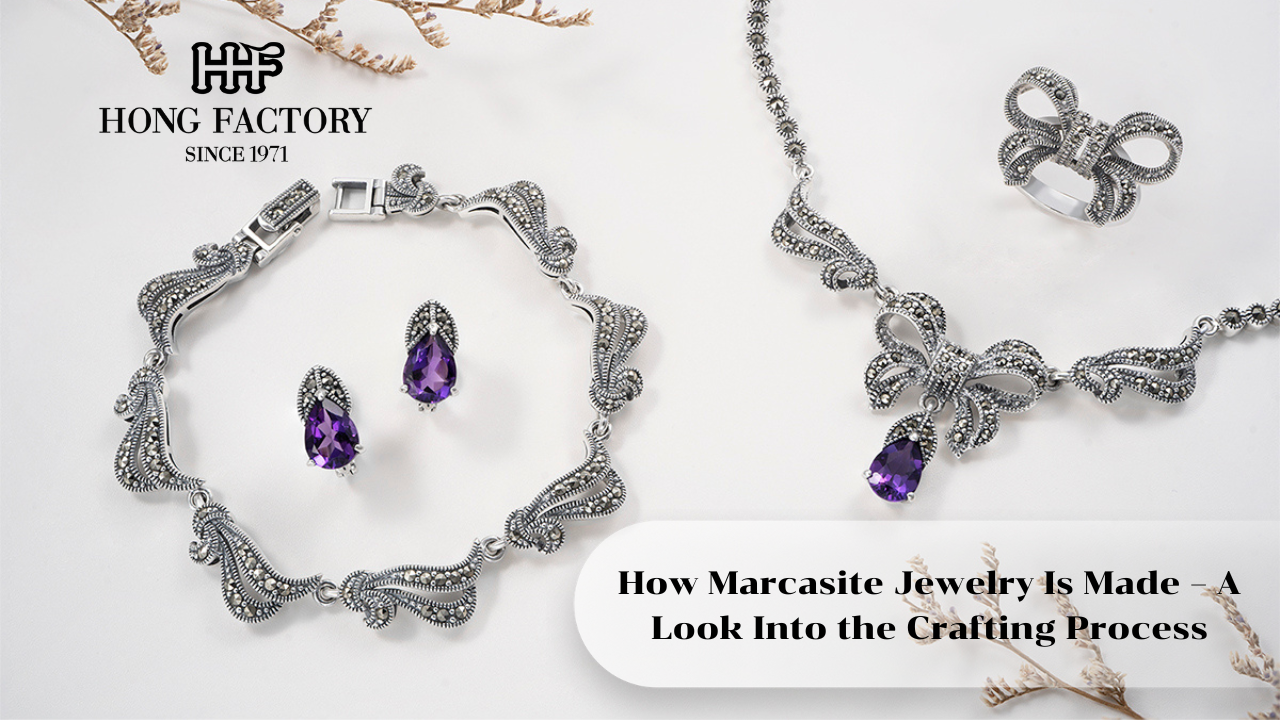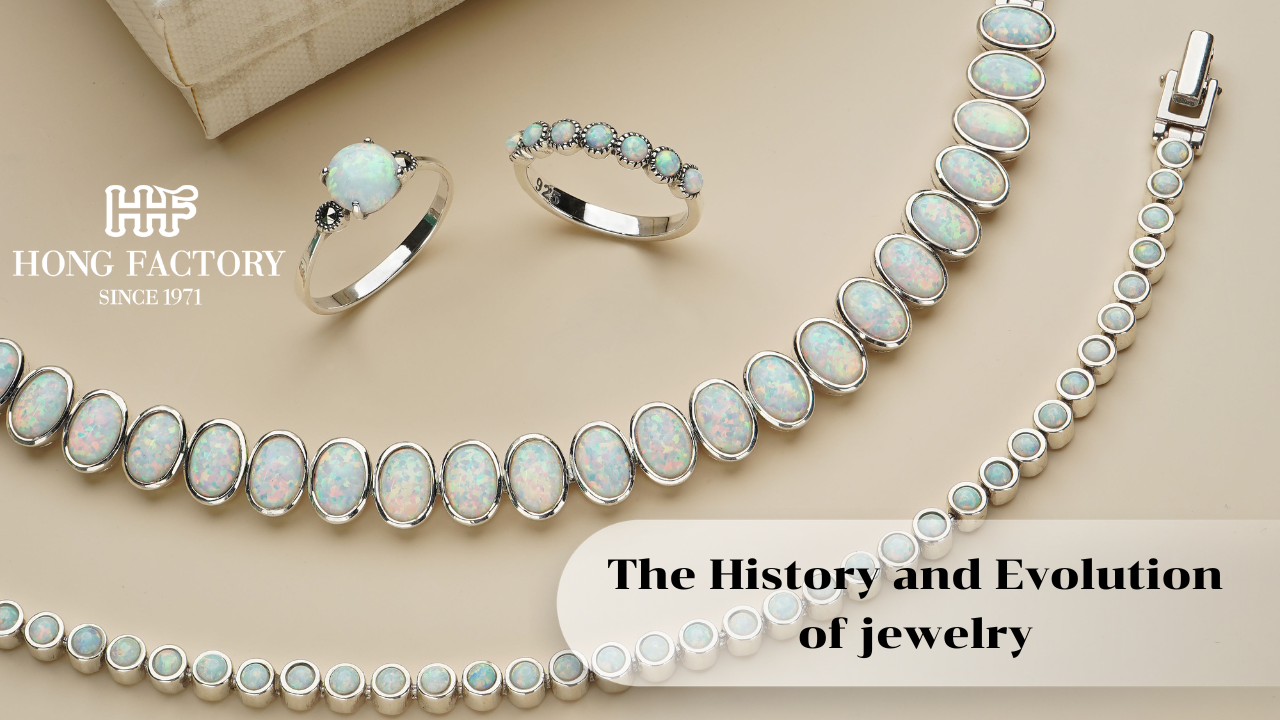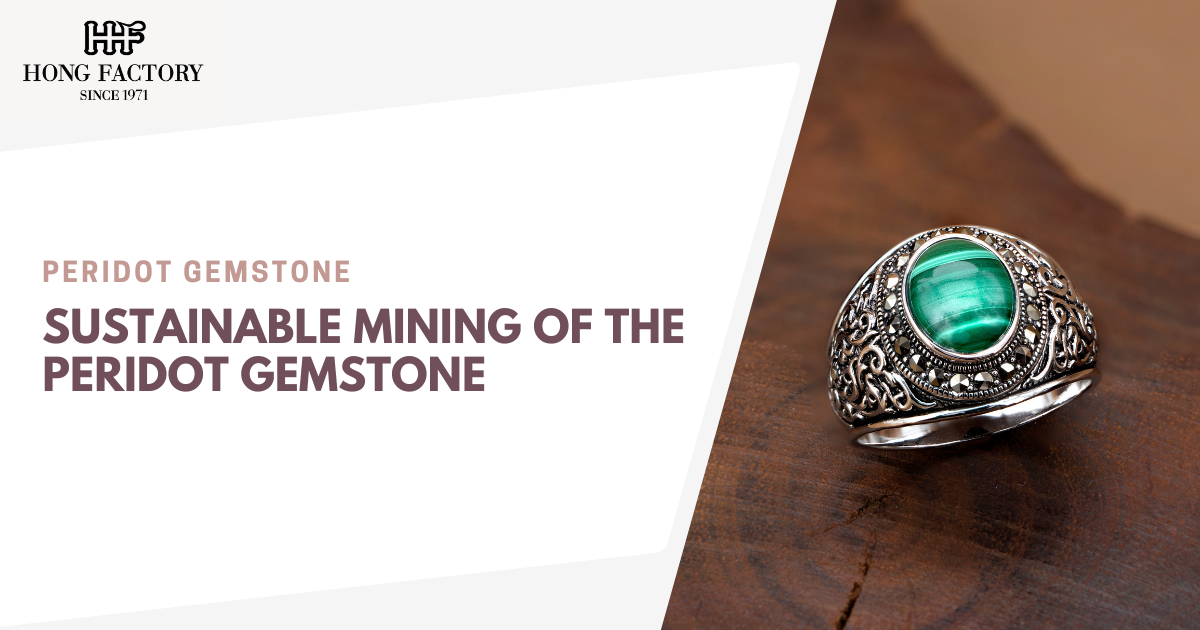Tanzanite is a mesmerizing gemstone prized for its rich violet-blue hue and exceptional rarity. Discovered only in the 20th century, tanzanite quickly rose to prominence in the world of fine jewelry due to its stunning color, brilliance, and limited geographic origin. As a stone with both aesthetic appeal and metaphysical properties, tanzanite continues to captivate gem enthusiasts, collectors, and spiritual seekers alike.
This guide explores the rarity, physical properties, metaphysical meanings, and most popular uses of tanzanite in modern jewelry design.
Tanzanite: Rarity, Properties, and Uses in Jewelry
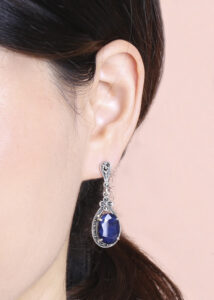
What Is Tanzanite?
Tanzanite is a variety of the mineral zoisite and owes its signature blue-to-violet color to the presence of vanadium. It was first discovered in 1967 in the Merelani Hills near Mount Kilimanjaro in Tanzania—the only known location for natural tanzanite.
Chemical and Physical Characteristics:
- Chemical Formula: Ca₂Al₃(SiO₄)₃(OH)
- Color: Blue, violet, or bluish-purple
- Hardness: 6 to 7 on the Mohs scale
- Crystal System: Orthorhombic
- Pleochroism: Displays different colors when viewed from different angles (typically blue, violet, and burgundy)
Tanzanite is heat-treated to enhance its blue and violet tones. Natural stones are often brownish before treatment.
Rarity and Value

Tanzanite is considered one of the rarest gemstones on Earth due to its limited origin. Experts estimate that the world’s supply of tanzanite may be depleted within a few decades. Factors that influence its value include:
- Color Saturation: Deeper blue-violet hues are more valuable
- Clarity: Eye-clean stones fetch higher prices
- Cut: Skilled cutting enhances pleochroism and brilliance
- Carat Weight: Larger stones are rarer and more expensive
Its rarity, combined with its vivid color, makes tanzanite a sought-after alternative to sapphire and other precious gems.
Metaphysical and Spiritual Properties
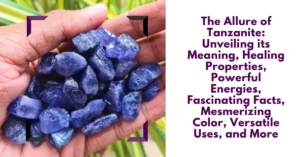
Tanzanite is known for its calming energy and spiritual resonance. In metaphysical circles, it is believed to:
- Enhance Intuition: Activates the third eye and crown chakras
- Aid Communication: Supports clear expression and honest dialogue
- Stimulate Transformation: Encourages spiritual awakening and personal growth
- Promote Tranquility: Calms anxiety and promotes inner peace
Many healers use tanzanite during meditation, energy healing, and chakra balancing to elevate consciousness and connect with higher guidance.
Tanzanite in Jewelry

Tanzanite’s beauty and versatility make it a favorite in both contemporary and classic jewelry designs:
Popular Styles:
- Rings: Often featured as a statement stone or in engagement rings
- Earrings: Studs and drop earrings showcase its brilliance and depth
- Necklaces: Solitaire pendants and multi-stone designs highlight its vibrant hue
- Bracelets: Delicate tennis styles and gemstone cuffs
Metal Pairings:
- White Gold and Platinum: Enhance the cool tones of the stone
- Yellow Gold: Offers a striking contrast for a vintage look
Due to its relative softness compared to diamonds and sapphires, tanzanite jewelry should be worn with care—especially rings and bracelets which are prone to impact.
How to Care for Tanzanite
To maintain its beauty and integrity, proper care is essential:
- Cleaning: Use warm, soapy water and a soft brush
- Avoid: Ultrasonic cleaners, steamers, and sudden temperature changes
- Storage: Store separately in a soft pouch or lined box to avoid scratches
Tanzanite is a gem of extraordinary rarity, elegance, and energetic depth. With its limited source, captivating color, and spiritual significance, it is a gemstone that speaks to both the heart and the soul. Whether chosen for its aesthetic brilliance or metaphysical resonance, tanzanite offers a unique and timeless addition to any jewelry collection.



